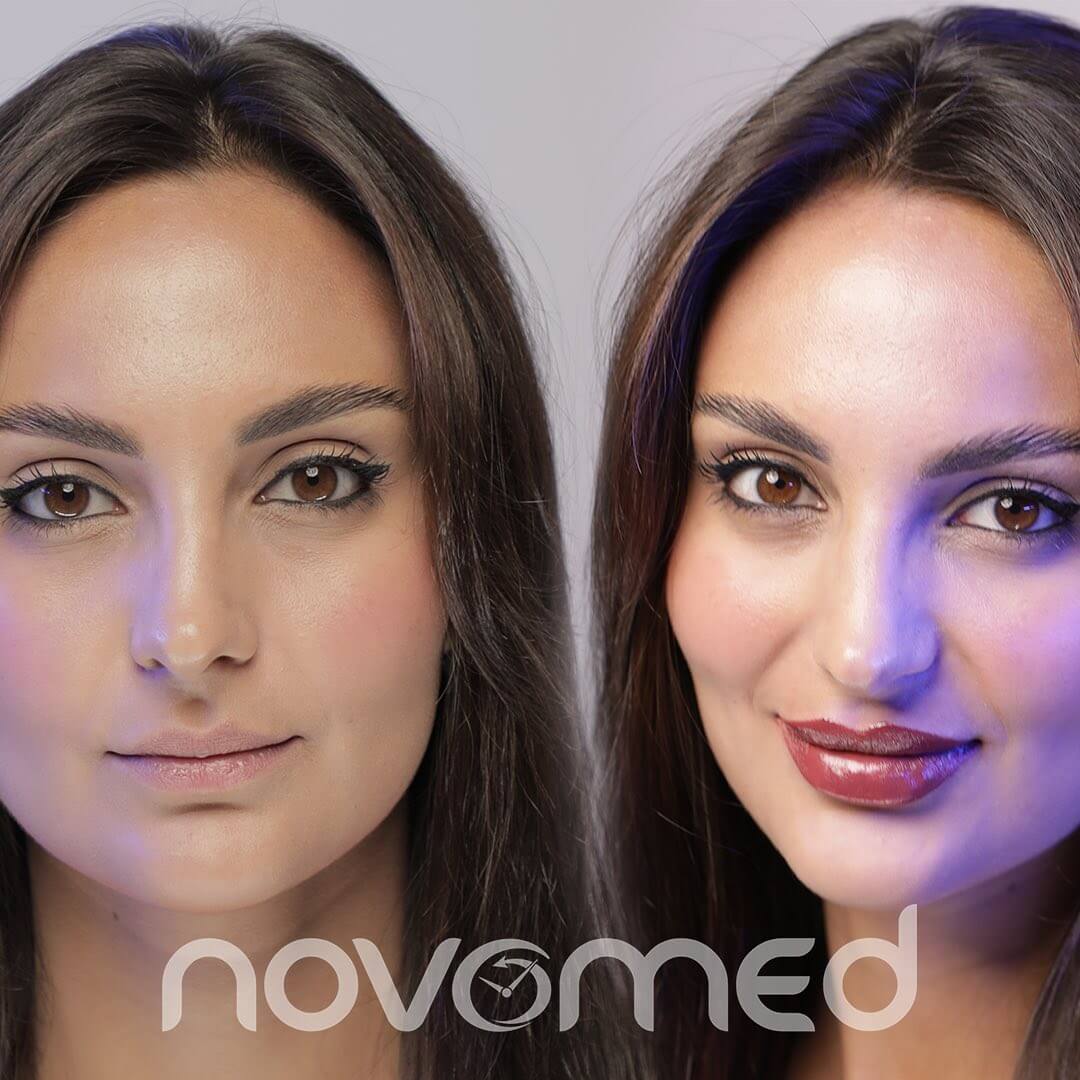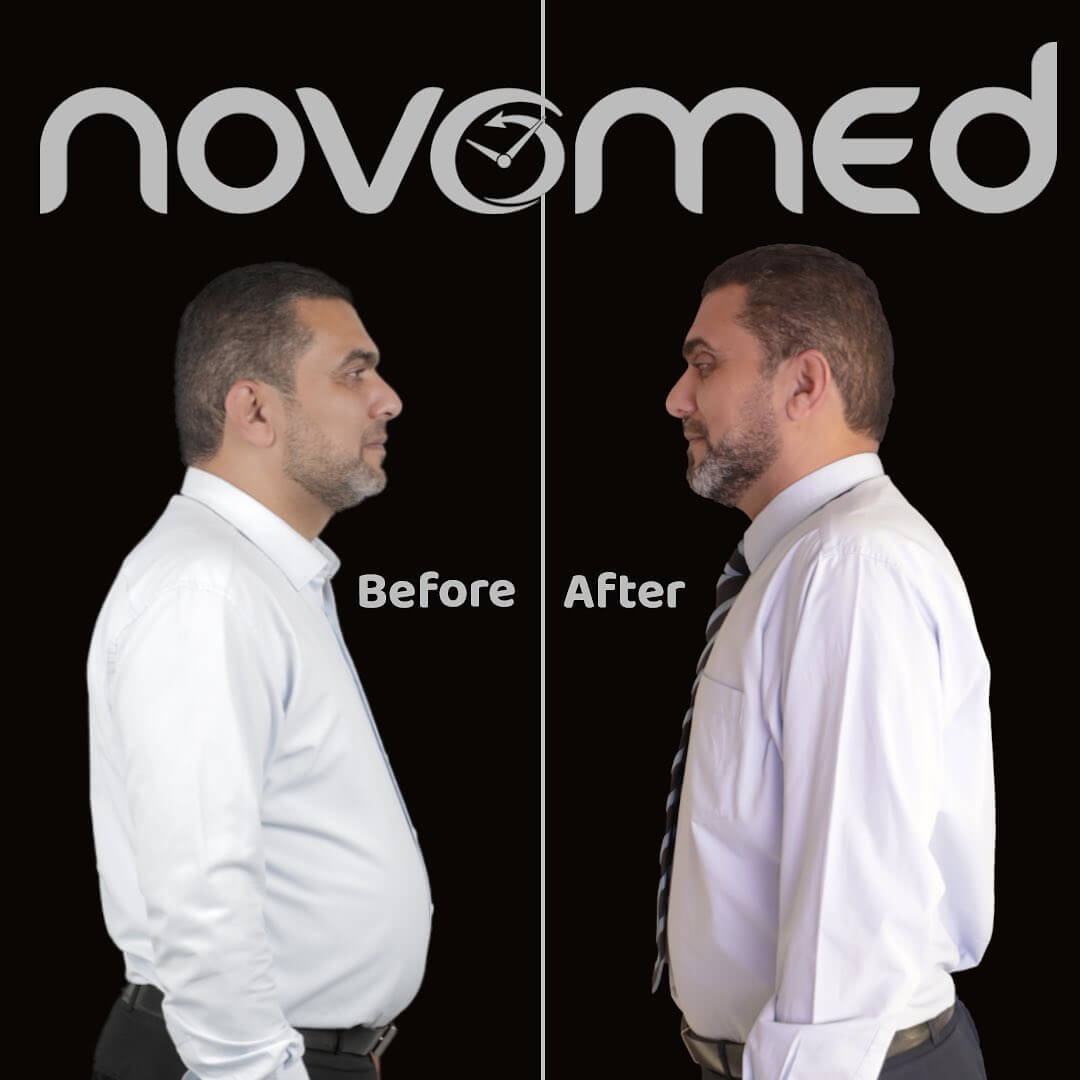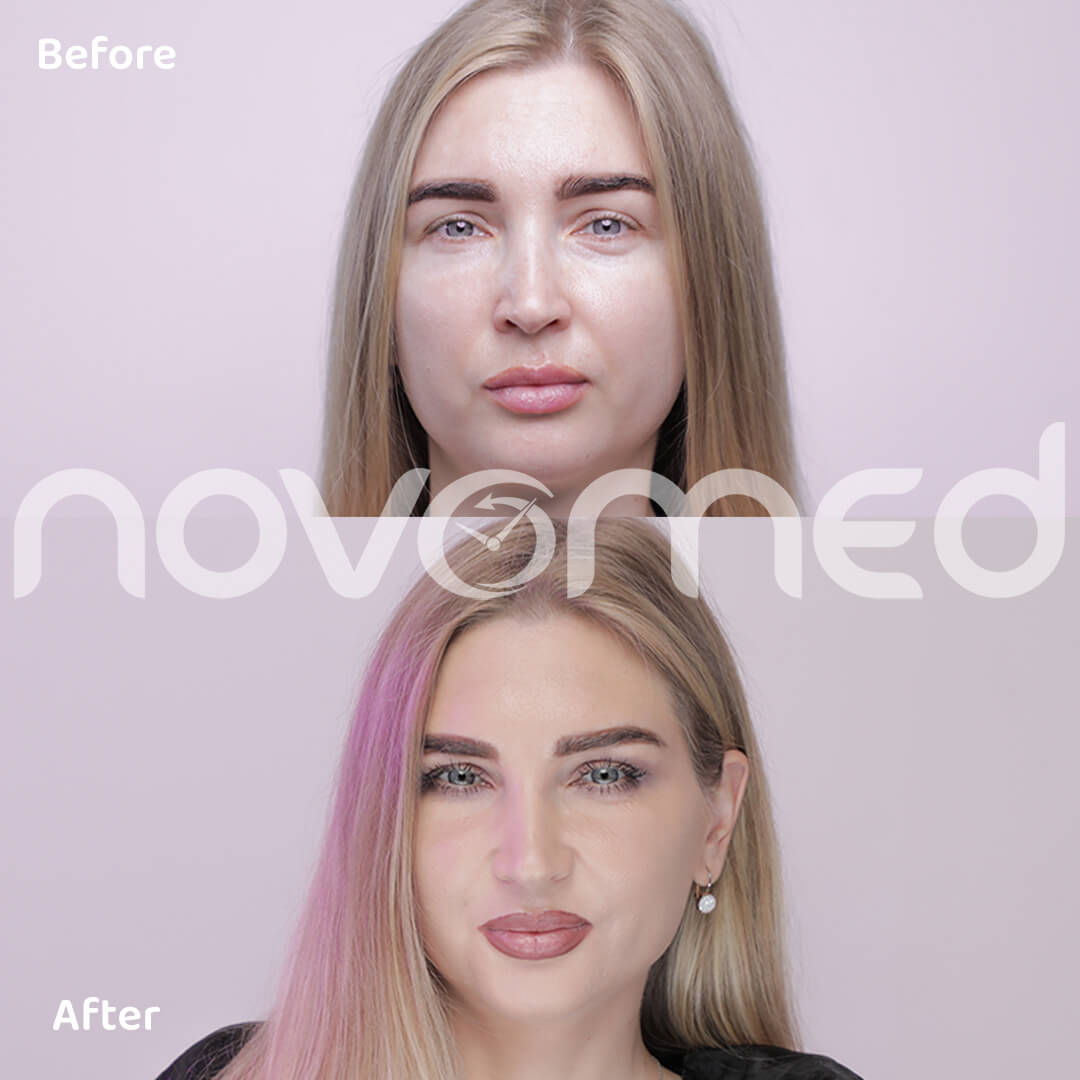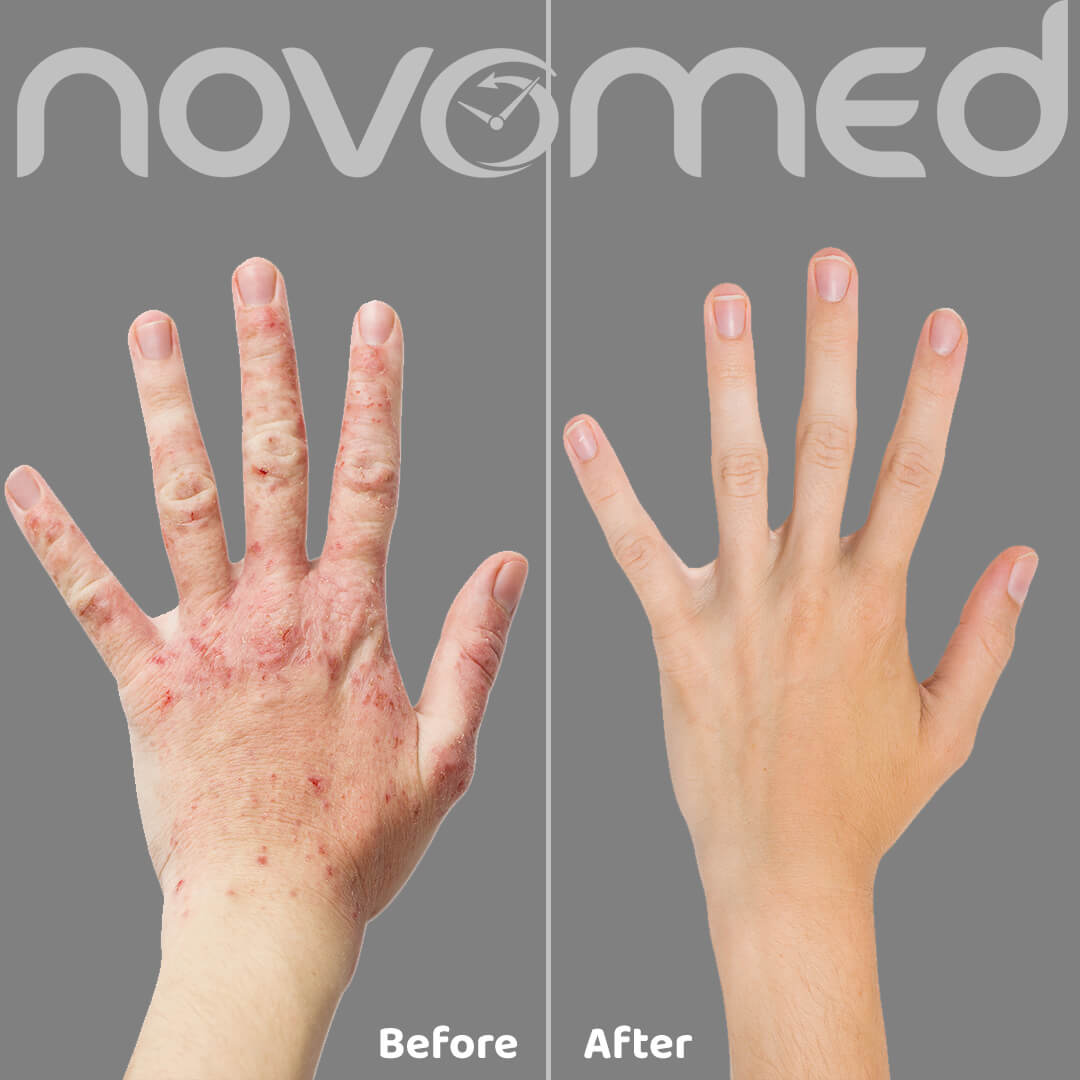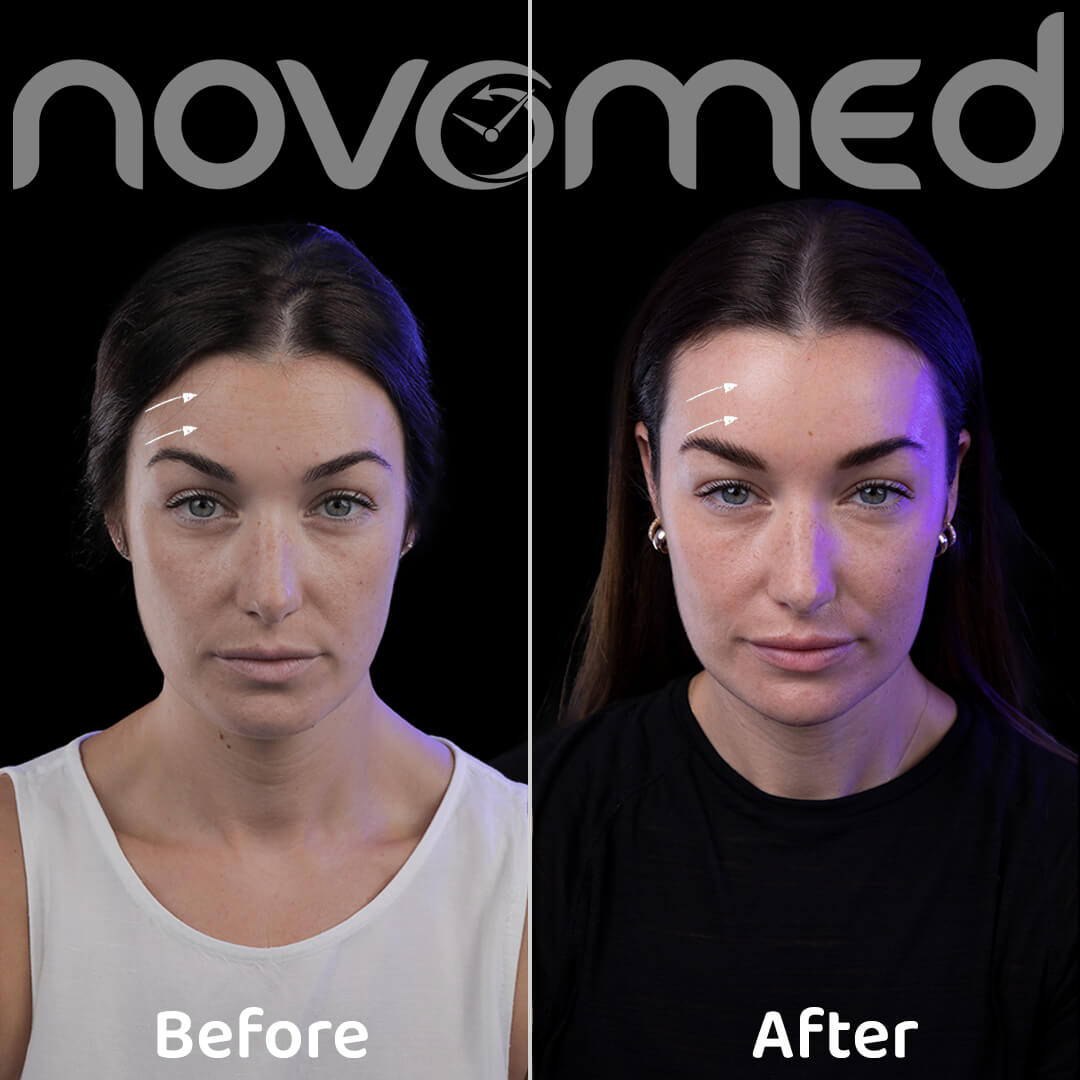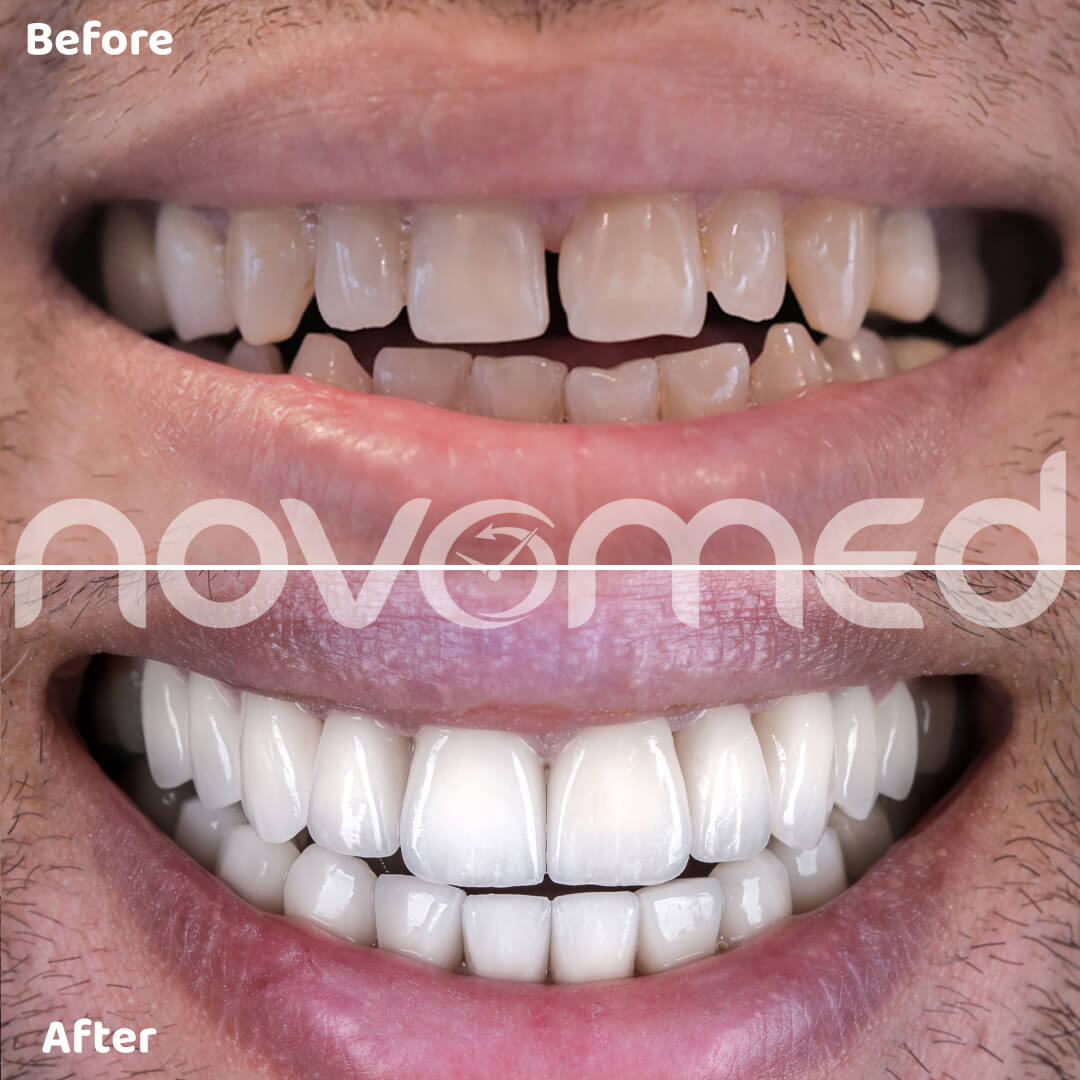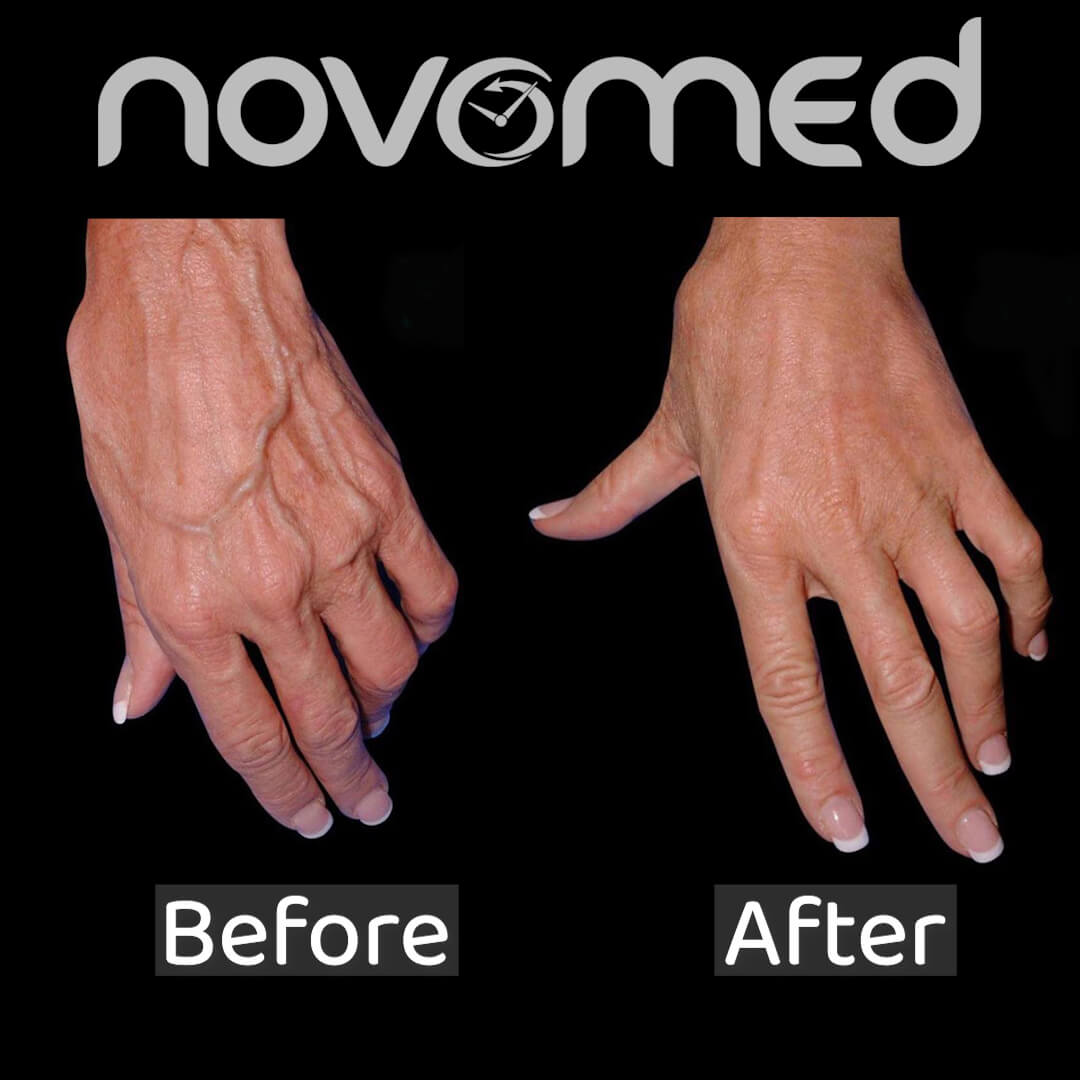Overview
A food allergy occurs when your immune system mistakenly identifies specific dietary proteins as hazardous, triggering your body defense mechanisms and causing reaction that ranges from mild to life-threatening.
It is important to distinguish between a food intolerance and a food allergy. As a food-intolerance reaction is often similar to a food-allergy reaction, people frequently confuse them. However, only a true food allergy causes an immune system reaction. Also, while food allergy symptoms can sometimes be severe or life-threatening, food intolerance is normally a mild reaction related to digestion.
Food allergy symptoms are most common in babies and children, but they can appear at any age. So you can develop an allergy to foods you have eaten for years with no problems. Similarly, children often outgrow allergies to egg, milk, soy and wheat.
What Causes Food Allergies?
When your immune system identifies certain foods as a threat to your health, you’ll experience a food allergy response. Your immune system produces antibodies known as immunoglobulin E or IgE. These respond to the food or a particular component, resulting in allergic symptoms such as hives, asthma, oral irritation, difficulty breathing, abdominal pain, vomiting, or diarrhea.
While any food can cause an adverse reaction, eight types of food are thought to account for about 90% of all food allergies in the US: eggs, milk, peanuts, tree nuts, soy, shellfish, wheat and fish. These foods, and any ingredient that contains protein derived from one or more of them, are designated as the major food allergens.
Types of Food Allergies
Eggs
Eggs are one of the foods that most commonly cause allergic reactions. The best way to treat an egg allergy is, of course, to avoid them in the first place. This means individuals with allergic reactions to eggs must always check food labels and ingredient lists meticulously, and make staff at restaurants and hotels aware of the allergy. Egg products can easily be hidden in foods where you would not expect to find them. In particular, be wary of products that list generic ingredients, for example, “emulsifier” and “coagulant”, as these are often egg products.

Baked goods such as bagels, pies and pretzels can be sources of unexpected egg ingredients – some shops coat these products in egg white to give them an appealing, shiny look. Similarly, you should also avoid fried foods that could contain egg in the coating. All these hidden forms of egg can set off an allergic reaction. Luckily, people with egg allergies can often eat chicken, and might also be able to tolerate eggs from other birds, for example duck eggs.
Chocolate
People complain of symptoms as divers as itching and hives, migraines, heartburn, cramps, swelling and coughing after consuming chocolate. True chocolate allergies are very rare, but since chocolate contains so many of the eight major allergens, an allergic reaction to eating chocolates in common. In the worst cases, someone can experience a life-threatening reaction called anaphylaxis.

A reaction to chocolate might also be as a result of intolerance rather than an allergy. An intolerance is a reaction of your gastrointestinal system rather than your immune system. In other words, your body is reacting to an ingredient or chemical in the chocolate, rather than to its protein. Chemicals used in chocolate include emulsifiers, flavorings, soy lecithin, tyramine, phenylethylamine, theobromine and caffeine.
Fish
Allergy to fish is one of the most common food allergies, especially among adults. Fish is a common ingredient and can be found in processed foods in the form of powder, for example. However, it is rarely a hidden ingredient as, in most cases, it will be clearly labelled. An exception is that sometimes it is not clearly indicated if the ingredient is a fish oil. Sufferers also need to remember that cross-reactivity is common. This means that someone who has had an allergic reaction to one species of fish will probably be allergic to at least one other species. However, research indicates you may still be able to safely eat some types of fish

Milk
Processed foods often contain proteins from milk that can cause an allergic reaction. While sometimes the inclusion of these ingredients is obvious, sometimes you will find milk proteins where you wouldn’t expect them. You need to be thoroughly diligent when checking food labels and to ensure that you tell staff at hotels and restaurants about your allergies.
Be careful of thinking that foods labelled “vegetarian” will be safe, as some vegetarian cheeses contain milk protein.

If it is your child that has the milk allergy, you have probably considered buying hypoallergenic milk formulas. Like vegetarian cheeses though, this is also not cut and dried. If you find your child is still having a reaction from the hypoallergenic milk formula, try to find a complete protein hydrolysate formula.
Peanuts
Peanuts are not the same as tree nuts and are, in fact, classified as legumes, so a peanut allergy is different from a nut allergy. Peanut allergies are extremely common and it is also one of the most severe of all the food allergies. Exposure to peanut allergens can lead to anaphylaxis, which can lead to death.
In addition to avoiding peanuts and products containing these proteins, sufferers should also avoid peanut oil. In particular, they should avoid peanut oils labelled “expeller pressed”, “cold-pressed” or “extruded” as these are very likely to contain residual peanut proteins.

There is also a high probability of cross-reaction between the legume lupine (also known as lupin or lupini beans) and peanuts. In addition, there is some indication that there might be a cross-reactive relationship between nuts and peanuts, so people with peanut allergies need to be cautious.
Shellfish
A shellfish allergy is one of the most dangerous allergies. Some suffers experience an allergic reaction just from inhaling the vapors while they cook, or from handling fish or shellfish. Also, if you are allergic to any type of shellfish or crustaceans, you should probably try to avoid all of them due to their cross-reactive relationship.
As shellfish are different from fish, people who are allergic to the one are not necessarily allergic to the other. However, in addition to reading product labels carefully, and remember, at a seafood restaurant the meals will probably have cross-contact with shellfish.

Soy
In most cases, soy allergies tend to be uncomfortable rather than dangerous. This is fortunate as it is very difficult to avoid soy, as it is often hidden in food. Soy can be found in many forms, including flour, whole soybeans and oil. It is also used in food production as a protein filler, an emulsifier and a texturizer. As it has a high protein content, it is also often used in meal replacements and protein powders, and in vegetarian products.
Since a food allergy is a reaction to the proteins in a foodstuff, it was once thought that soybean oil and soy lecithin were safe for soy-allergic individuals to consume. However, it is now known that soy protein can be found in these products if they are not very pure.

There are indications that cross-reactions between soy and other legumes are possible, although this is rarely symptomatic. In effect, this means that if you are allergic to one legume, you may not have to eliminate all legumes from your diet.
Tree Nuts
If you have a peanut allergy, it doesn’t necessarily mean that you have a nut allergy. Tree nuts are true nuts, as opposed to peanuts, which are in fact legumes. However, within the tree nut family, there is often a cross-reactive relationship, meaning that if you are allergic to one type of tree nut, you may have to avoid all types of tree nuts. In addition, if you have a tree nut allergy, you might also need to also avoid peanut products as they may be processed on the same equipment as that used for tree nuts.
After reviewing your tests, our allergy specialists will be able to help you decide what is safe to consume.

Wheat & Gluten
As wheat contains a variety of proteins, it is one of the most allergenic of grains. Wheat proteins that can cause allergic reactions include globulins, glutenins, albumins and gliadins.
While there is no such thing as a “gluten allergy”, people can have an intolerance to gluten. Celiac disease, for example, is a medical condition related to gluten intolerance. Gluten is present in wheat-based foods and is also added to foods that are based on other grains. Wheat-sensitive people may therefore need to avoid products that contain any grain flours, as gluten will probably be present. Luckily there are many specialty foods designed for those with gluten sensitivities.
Buckwheat is a safe alternative to wheat products, as are products made from oats or corn. In addition, your allergist can advise whether maize, barley, rice, and rye are safe alternatives for you, but there are some known cross-reactions, and celiac sufferers should always avoid rye and barley. Our allergy specialists will be able to identify whether you have a wheat allergy or a food intolerance, and will work with you to find the best course of action.

What are the symptoms of food allergies?
A food allergy might have mild to severe symptoms. Just because an initial reaction is mild doesn’t guarantee that subsequent responses will be the same; a food that generates mild symptoms one time may induce more severe symptoms the next.
The onset of allergic reactions may occur minutes to an hour after consuming the allergic item. Possible symptoms include:
- Swelling of the tongue, mouth, or face
- Tightness in the throat or hoarse voice
- Difficulty breathing
- Low blood pressure
- Vomiting or nausea
- Diarrhea and cramps
- Hives
- Itchy rash
Moreover, some patients may experience a severe allergic reaction called “anaphylaxis” and can result in life-threatening symptoms such as:
- Airway restriction and tightness.
- Difficulty breathing and feeling a lump in the throat
- A significant drop in blood pressure.
- Rapid pulse.
- Brain fog, loss of balance, or consciousness
How to diagnose food allergies?
Your doctor may order multiple tests to diagnose a food allergy and understand its origin, including:
- Skin prick test: The doctor places a drop of solution containing the food allergen on your forearm or back then gently pricks or scratches the skin with a needle to allow a tiny amount of the solution to enter the body just below the skin surface. Symptoms such as hives, swelling, or flushing are signs that a person may be allergic to the substance in question.
- Blood test: A blood test can reveal whether or not a person has an allergy to a particular dietary protein by looking for antibodies to specific food proteins in the blood.
- Food diary record: A food diary is a journal in which a person keeps track of what they eat and what symptoms they experience afterward.
- Physician-supervised blinded oral food challenge: During the food challenge, the doctor will give you specific doses of the suspected food allergen. They will start with tiny amounts and will watch you for a period of time to check for any signs of a reaction. If your body shows no symptoms, they will gradually give you larger doses. If you show signs of a reaction, the food challenge will stop. With OFCs, most reactions are mild, such as flushing or hives. Severe reactions are uncommon. You will be given medications to relieve the symptoms if necessary.
How to treat food allergies?
For Adults
The best approach is to cut the foods known to trigger your allergic reaction out of your diet entirely and keep prescribed emergency medications on hand, such as epinephrine autoinjectors, in case of an accidental intake and reaction.
Epinephrine autoinjectors can help alleviate symptoms of anaphylaxis and reduce itching and congestion. After using an epinephrine autoinjector, seek emergency medical attention right away. It’s also recommended to wear a medical alert bracelet that states your food sensitivities.
For Children
Your child must avoid foods that trigger allergies, just as the case for adults. Breastfeeding mothers should avoid eating items that causes allergic reaction to their children.
If your child cannot consume particular meals, you may need to give them vitamins if advised by their doctor. After 3 to 6 months, certain foods may be introduced to some children under the supervision of their healthcare provider to determine whether the child still or no longer has an allergic reaction towards them.
Book Your appointment with Novomed today!
Our pediatricians and specialist allergists at Novomed offer specialized assistance, consultation, and treatment for patients with various conditions, including digestive issues and food allergies. They also collaborate dietitians to provide a nutrition plan tailored to your specific needs to improve your general health and well-being.
To book an appointment or any inquiries, call us toll-free at 800 (NOVO) 6686 or click the live chat icon at the bottom of the screen.






